Professional Earwig Infestation Treatment: Effective Removal & Prevention
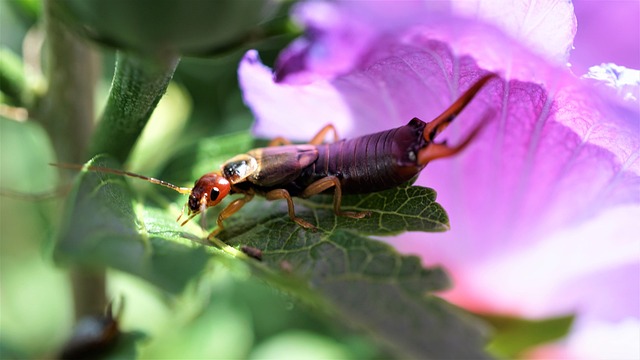
Earwig infestations require early detection and professional earwig infestation treatment due to the…….
Introduction
Earwigs, often misunderstood and feared for their mythical association with inserting themselves into human ears, are a diverse group of insects with over 20 species found worldwide. The correct term for the act of removing earwigs from homes or gardens is “earwig control,” which encompasses both prevention and removal strategies. This article delves into effective methods for preventing and removing earwigs, ensuring that your environment remains hospitable to humans while managing these creatures responsibly. Understanding the biology and behavior of earwigs is crucial for implementing successful control measures, and with the right knowledge and techniques, coexistence with these insects can be harmonious.
Understanding Earwig Prevention and Removal
Earwig prevention and removal involve a combination of environmental management, monitoring, and, if necessary, targeted interventions to manage populations. Prevention aims to exclude earwigs from structures or protect desirable areas by modifying the environment to make it less hospitable for them. Removal is the active process of physically or chemically removing earwigs when they become a nuisance or pose a risk to crops, gardens, or indoor settings. The historical context of earwig management dates back to ancient practices, evolving with scientific advancements to today’s integrated pest management (IPM) strategies.
Global Impact and Trends
Earwigs affect various industries globally, including agriculture, horticulture, and urban pest control. Their presence can be both beneficial and detrimental, as they feed on dead or dying organic matter and insect pests, yet they can also damage crops or invade homes. Trends in earwig populations are influenced by climate change, urbanization, and the introduction of invasive species. Regions with high humidity and temperate climates tend to have more significant earwig populations. Understanding these trends is essential for implementing preventative measures and adapting control strategies effectively.
Economic Considerations
The economic impact of earwigs is multifaceted, affecting agricultural yields, structural integrity, and consumer spending on pest control services. Market dynamics for earwig management products, including baits, traps, and insecticides, are driven by the need for effectiveness, safety, and environmental sustainability. Investment in research and development of new control methods can lead to more cost-effective and targeted solutions, benefiting both the economy and the environment.
Technological Advancements
Technology has significantly advanced earwig prevention and removal techniques. Innovations such as heat-based pest control systems, advanced traps, and biopesticides have reduced the reliance on chemical insecticides. The development of smart monitoring devices allows for real-time tracking of earwig activity, enabling more precise interventions. Future advancements may include genetic engineering to create earwigs that are less invasive or even beneficial in certain ecosystems.
Policy and Regulation
Policies and regulations governing earwig prevention and removal are critical to ensure public health, agricultural productivity, and environmental protection. These frameworks dictate acceptable methods for control, the use of chemicals, and the disposal of earwigs. Legislation often reflects the balance between pest control needs and ecological preservation, with a growing emphasis on IPM and reducing chemical usage.
Challenges and Criticisms
Earwig management faces challenges such as resistance to pesticides, environmental impact, and public fear and misconceptions. Criticisms often arise from the overuse of chemicals or inhumane control methods. Addressing these issues requires a multidisciplinary approach that includes education, research, and the development of sustainable and ethical practices. Integrating biological controls, such as natural predators, and promoting public awareness can help mitigate these challenges.
Case Studies
Several case studies highlight successful earwig management strategies. One notable example is a community in the Pacific Northwest that implemented integrated pest management techniques, which significantly reduced earwig infestations without harming the environment or human health. Another case involves an agricultural farm that used beneficial insects to control earwig populations, leading to increased crop yields and a reduction in chemical applications.
Future Prospects
The future of earwig prevention and removal is promising, with advancements in technology and a growing emphasis on sustainable practices. Potential growth areas include the development of new biological controls, improved monitoring tools, and refined IPM strategies. Emerging trends suggest a shift towards environmentally friendly methods, and strategic considerations focus on adapting to climate change and urbanization.
Conclusion
Earwig prevention and removal are integral to maintaining a balance between human activities and the natural world. By understanding their behavior, employing effective control measures, and staying abreast of technological advancements, we can manage earwigs responsibly and sustainably. The knowledge and strategies outlined in this article will aid in the continued development of earwig management, ensuring that both humans and these often-misunderstood insects can coexist harmoniously.
FAQ Section
What are earwigs?
Earwigs are a diverse group of insects with over 20 species worldwide. They are known for their cerium-like pincers on the end of their abdomens and a pair of wings, though only the wing covers (elytra) are hard.
Do earwigs harm humans?
Earwigs do not harm humans; they are more of a nuisance than a danger. They may pinch if handled roughly, but they do not carry diseases that affect humans.
How can I prevent earwigs in my home?
Prevention involves sealing entry points, maintaining cleanliness, removing food sources, and using moisture controls to make your home less attractive to earwigs.
What are the most effective ways to remove earwigs from my garden?
Biological controls such as introducing natural predators or using insecticides specifically targeted at earwigs can be effective. Physical removal methods like traps and baits can also be employed.
Are there any environmentally friendly earwig control options?
Yes, options include using insect growth regulators (IGRs), nematodes that target earwigs, or mechanical controls such as traps and barriers.
Please note that the above content is a synthesized overview of the topic, and for detailed and specific advice, one should consult local experts or resources tailored to their particular situation.

Earwig infestations require early detection and professional earwig infestation treatment due to the…….
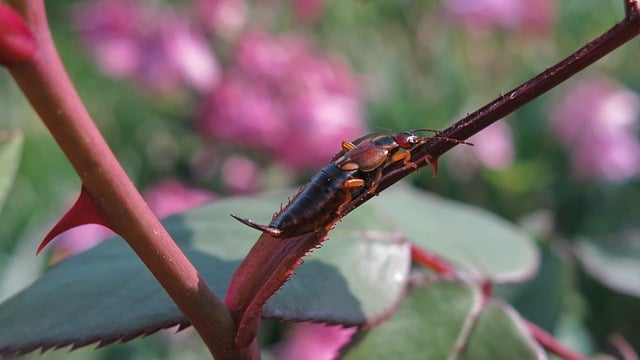
Earwigs, drawn to moisture and dark spaces, invade homes seeking shelter. Effective earwig pest cont…….
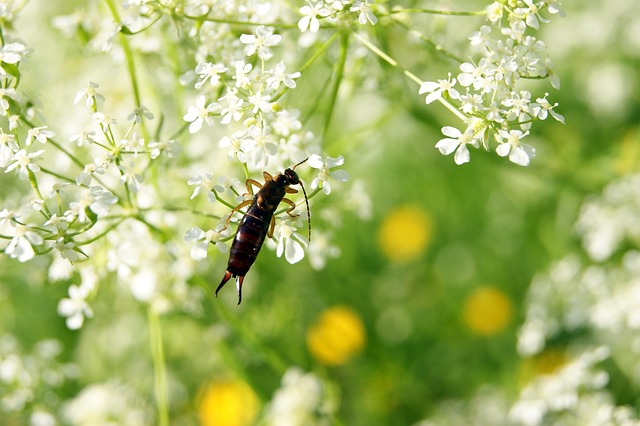
Earwigs, nocturnal insects that thrive in damp, dark spaces, can infiltrate homes through cracks and…….
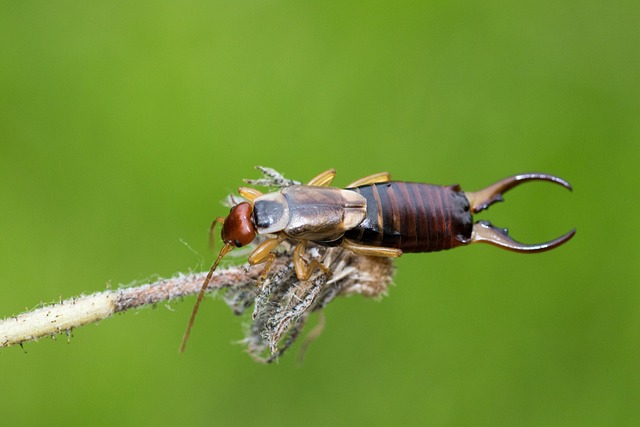
Earwigs, though named ominously, prefer outdoor environments like gardens and are attracted to light…….
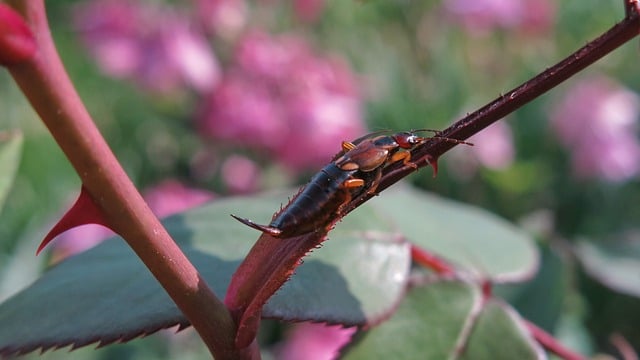
Earwigs, attracted to humid environments and organic matter, can plague commercial spaces like food…….
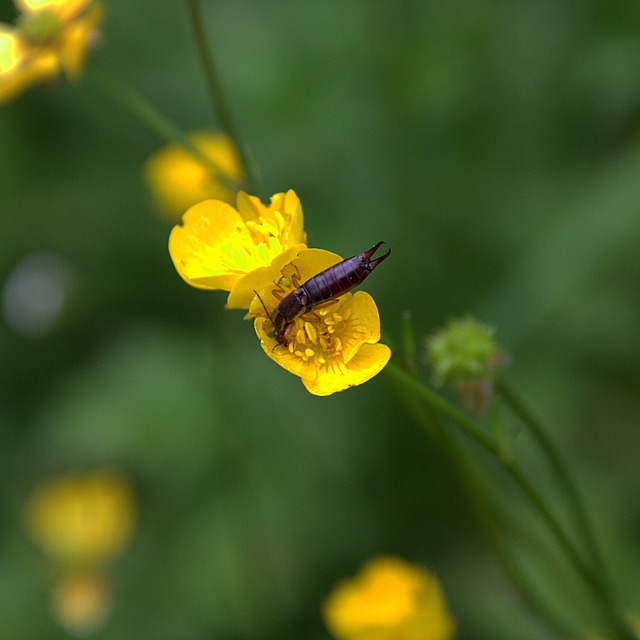
Earwigs infiltrate homes through plants or cracks, breeding in dark, moist areas like basements and…….
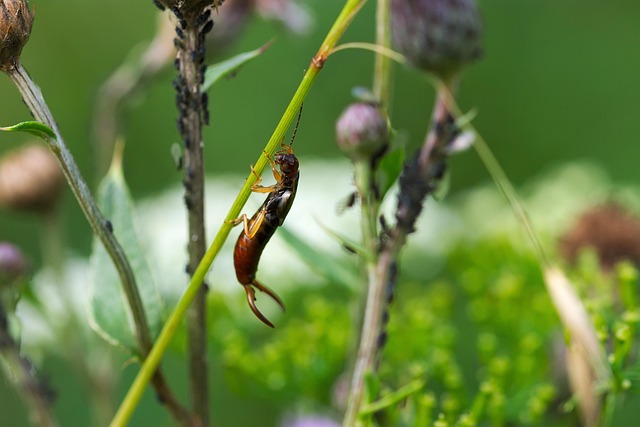
Earwigs, though harmless, can become a nuisance with infestations. To manage them naturally, identif…….
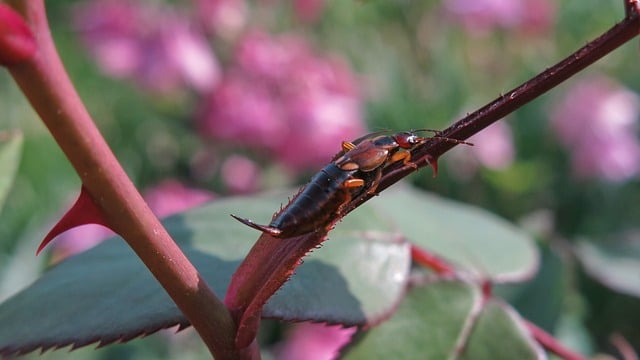
Earwigs, nocturnal garden pests, cause damage by feeding on leaves, stems, and roots, leading to stu…….
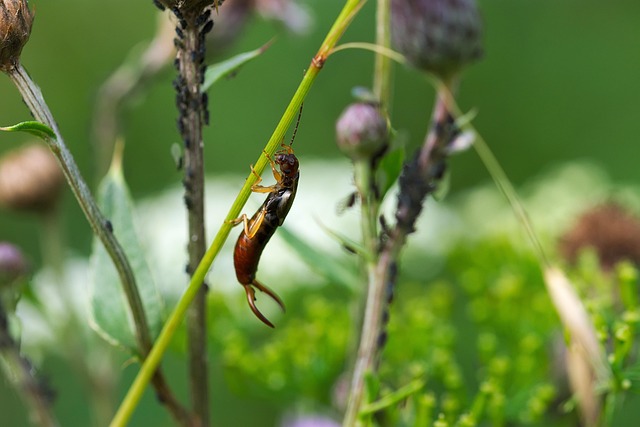
Earwigs thrive in damp, dark spaces like poorly drained gardens and areas with organic matter buildu…….
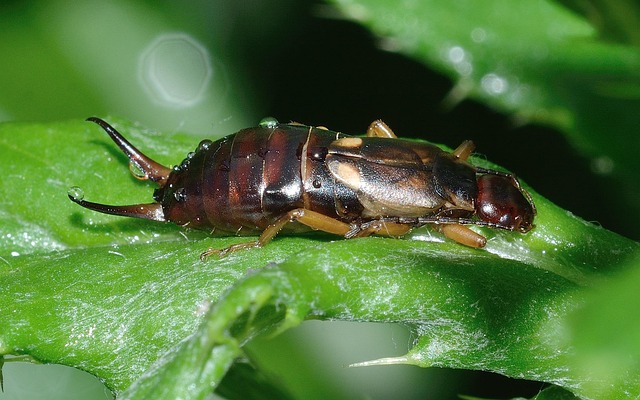
Earwigs, adaptable pests found in moist, high-organic areas, have unique seasonal behaviors and life…….